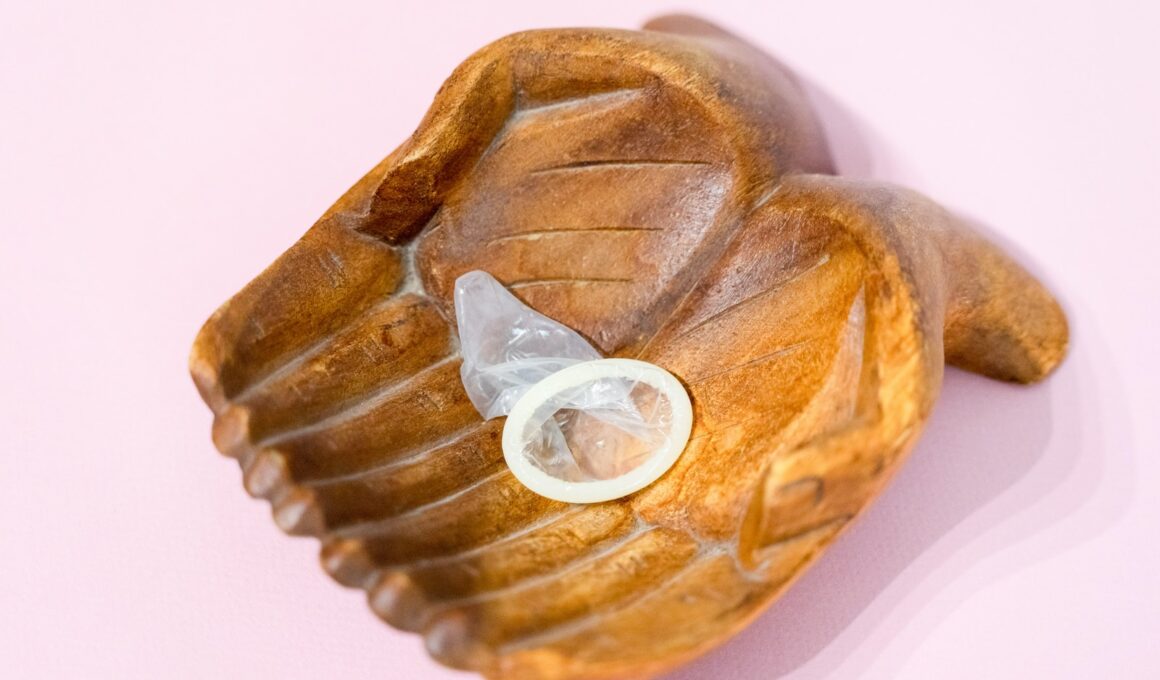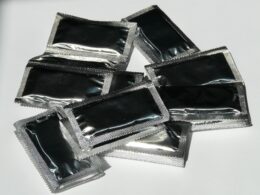Condoms are very effective at preventing pregnancy and most sexually transmitted diseases (STDs) when used correctly. When latex, polyurethane, or polyisoprene condoms are used properly, they reduce the risk of STIs by up to 98%.
However, some STIs can be passed even when a condom is worn. This is because condoms do not cover all of the genital skin.
Genital herpes
Genital herpes is caused by the herpes simplex virus (HSV). It can be spread through skin-to-skin contact during sexual activity. It can cause sores around the mouth, genitals, and anus. Condoms can help prevent herpes by creating a barrier between the vulva and anus. They can also reduce the risk of infection in people who already have herpes.
Condoms are most effective at preventing STIs that spread through bodily fluids, such as blood, semen, and vaginal/cervical secretions. However, they do not provide protection from herpes and other STIs that can be spread through skin-to-skin contacts.
Some brands of condoms contain a substance that kills sperm, called a spermicide. These types of condoms work slightly better than non-spermicide ones in preventing pregnancy. To maximize their effectiveness, they should be put on before climax and used consistently and correctly. If a condom is broken before climax, a new one should be used immediately. Oil-based lubricants, such as Vaseline or baby oil, should not be used as they can damage the rubber. Instead, spit or water can be used as a lubricant.
The use of condoms can significantly reduce the risk of chlamydia and gonorrhea. They can also decrease the risk of herpes and syphilis. Herpes can be transmitted through the oral sex route, so it is important to use a condom during this type of sex.
Syphilis
Syphilis is a sexually transmitted infection that can cause serious complications, especially if untreated. It can spread through vaginal, anal or oral sex. Women with syphilis can also pass the disease on to their babies during pregnancy, increasing the risk of miscarriage and serious birth defects. Condoms can reduce the risk of syphilis transmission by lowering the amount of fluid shared and preventing genital-to-genital contact.
Condoms can protect you from STIs like chlamydia, gonorrhea and herpes by blocking the spread of bodily fluids. Using condoms for vaginal, anal and oral sex, along with a water-based lubricant, can help to prevent the spread of STIs and other infections.
Men and women should avoid oil-based lubricants during sexual activity as these can weaken latex condoms, making them less effective. They should also use a new condom before every bit brushing or bumping, and always check the expiration date.
Condoms can protect you from most STDs but not all. Some infections, including herpes and HPV, can spread through skin-to-skin contact rather than mingling of bodily fluids or penetrative sex. In addition, some STIs shed infectious virus particles beyond the area covered by a condom, so even when used correctly and consistently, they may not be 100% protective. If you have concerns about how well your condoms work, talk to a healthcare provider about emergency contraception options and get tested regularly for STDs.
Molluscum contagiosum
Molluscum contagiosum is a viral skin infection that causes small bumps to form. They appear as round, firm lesions that have a dimple in the center and are smaller than the eraser on a pencil. They are usually white, but they can be any color from pink to purple. These bumps, called papules, grow quickly and spread to other areas of the body, especially when someone is sick or has a weak immune system (like those with AIDS).
This condition can be spread by direct contact with infected skin or from touching an object that has been touched by a person with molluscum contagiosum. It is most commonly seen in children, but it can also occur in teens and adults. It’s also possible to contract molluscum contagiosum by playing contact sports like wrestling or football with a friend who has the virus.
Condoms can help prevent molluscum contagiosum if they are used correctly and with the right lubricant. They should be latex or polyurethane, and should not contain any shortening, lotion, petroleum jelly, or baby oil. They should be rolled tightly to remove trapped air and avoid leakage. They should be changed frequently, and both partners should use them every time they have sex or engage in sexual activity.
A condom provides a nearly impenetrable barrier for particles that cause STDs, including herpes and genital herpes, as long as it’s not damaged or worn. However, it’s important to note that a condom does not cover all genital area, and so it can still be possible to transmit herpes or genital herpes through skin-to-skin contact on or near the penis, vagina, or anus, even when a condom is used properly.
HIV
Condoms reduce the risk of pregnancy and some sexually transmitted infections (STIs) by acting as a physical barrier to prevent body fluids from touching each other during sexual activity. They can be used for vaginal, anal or oral sex. There are male and female condoms which can be used separately or together. Both are available in latex and non-latex versions. Some people may be allergic to latex, so it is important to check that your condoms are not made of this material.
If a person uses a condom correctly, it can be highly effective in preventing HIV and many other STIs. However, condoms can become less effective when they are not used consistently and correctly. This may be due to errors such as breakage, slippage and incomplete use. Condoms can also leak if they are torn by fingernails, jewellery or teeth, or if there is not enough lubrication during sexual intercourse.
Studies show that consistent condom use can significantly reduce the risk of getting or spreading HIV, gonorrhea and chlamydia. It can also reduce the risk of genital herpes, syphilis and chancroid. These diseases are spread mainly through ‘skin-to-skin’ contact with infected skin or sores, or mucosal surfaces such as the penis, anal canal and cervix. The discharge diseases trichomoniasis and chlamydia are spread through semen that touches the anal canal or cervix.









